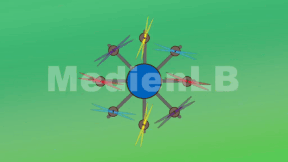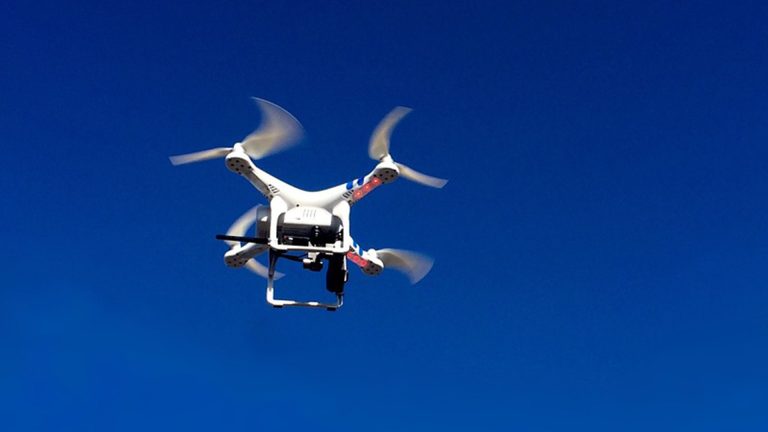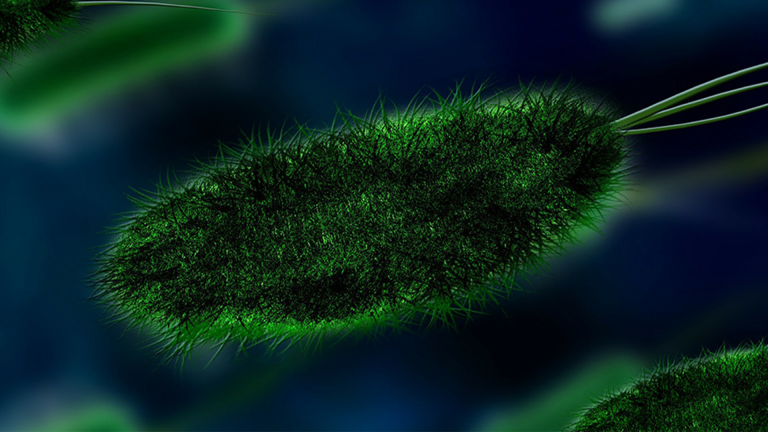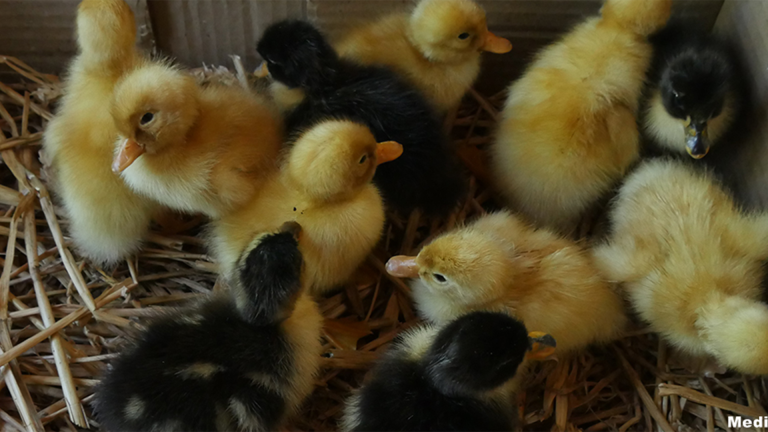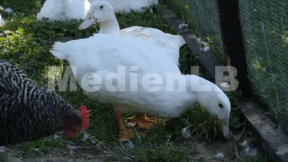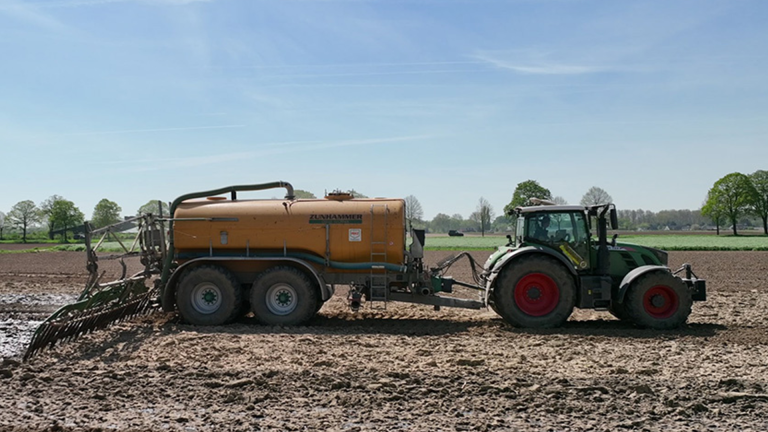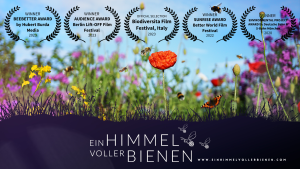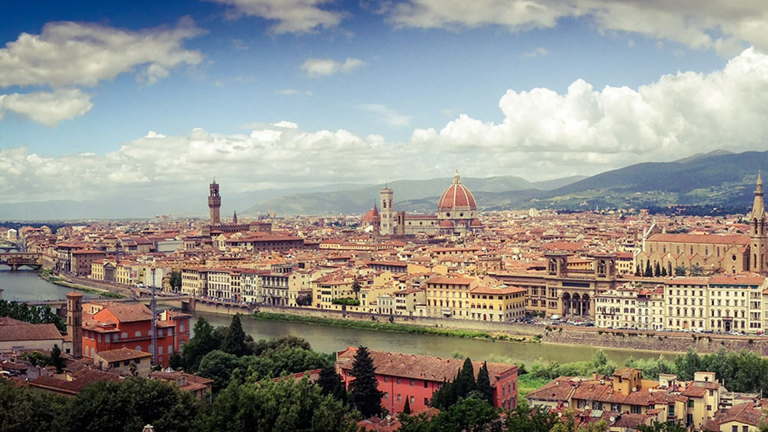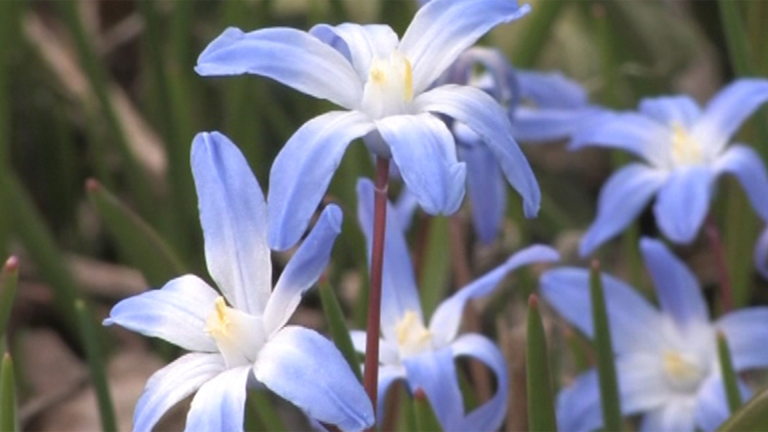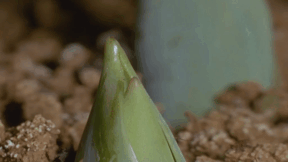Suche:
- # Artistry
- # Biology
- # Chemistry
- # Ecological
- # Economy
- # English
- # Foreign Language
- # Geography
- # German
- # Health
- # History
- # Informatik
- # Latin
- # Mathematics
- # Media Education
- # Music
- # Physics
- # Politics / Civics
- # Preschool
- # Primary School
- # Religion
- # Society
- # Sports
- # Technology
- # Training of Teachers
- # Vocational Education
Drogen und Komasaufen
Sich die Welt schön trinken, high sein und pfeifen auf den Alltag mit all seinem Stress, Druck und der Verantwortung – was kann schöner sein? Die eigenen Grenzen kennen – gar nicht so leicht als junger Mensch. Die Gefahren legaler und illegaler Drogen sind vielfältig, deren Wirkung gerade für Jugendliche jedoch oft zu verlockend. So auch für Dennis und seine Freunde. Der Film begleitet die Clique beim nächtlichen Feiern und beobachtet, wie der Gruppenzwang einen dazu drängt, mit den anderen mitzutrinken und die eigenen Grenzen aus den Augen zu verlieren.
Learn moreDrohne
Es gibt sie in Kleinstversionen für den Privatgebrauch ebenso wie in großen, 500 kg schweren Versionen für die militärische Nutzung. Die Rede ist von Drohnen, unbemannten, ferngesteuerten Fluggeräten.
Learn moreDrohnen
Drohnen wurden ursprünglich für militärische Zwecke wie Aufklärung und Angriffe entwickelt, doch sind ihre Anwendungen viel breiter gefächert.
Learn moreDrucken mit Schokolade
3D-Druck ist längst keine Zukunftstechnologie mehr, sondern bereits Standard in Handwerk und Industrie.
Learn moreDrucktechnik
Heute ist Druck überall und kaum aus unserem Leben wegzudenken. Die Möglichkeiten, die moderne Druckverfahren heute bieten, wären noch vor wenigen Jahrzehnten undenkbar gewesen. Um so weit zu kommen, musste der Druck einen langen Weg zurücklegen. Das Prinzip ist bereits Jahrtausende alt.
Learn moreDrunken Driving
“Of course I can still drive.“ A sentence that many young people have certainly heard and even said themselves after drinking alcohol at a party. In this film, four young drivers, supervised by the police, test the truth of this assertion on an ADAC training ground.
Learn moreDu bist nie allein
Schau dich schlau!“ begibt sich auf eine Reise in den Mikrokosmos unseres Körpers. Joey Grit Winkler und Fero Andersen stellen einige der bizarren Kreaturen vor, die auf und in uns zu Hause sind. Sie analysieren den „Lebensraum Mensch“ und zeigen, dass auf zwei Quadratzentimetern unserer Haut mehr Mikroben leben als Menschen auf der Erde.
Learn moreDucks
Ducks are our best-known water birds. You can watch them on almost any large body of water. Although we come across them frequently, most of us know very little about the lives of ducks. But it is worth our while to look at them more closely.
Learn moreDüngemittel
Pflanzen benötigen für ihr Wachstum, Licht, Wasser und Nährstoffe. Den Ausgleich für nicht vorhandene Nährstoffe schaffen Düngemittel. Doch welche Düngemittel gibt es? Welcher Dünger eignet sich für welchen Boden? Welche Konsequenzen bringt die Düngung mit sich?
Learn moreDünnschichtchromatographie
Chromatografische Verfahren sind physikalische / chemische Trenntechniken von Stoffen.
Learn moreEarly Flowering Plants
During the first warmer days in late winter, the harbingers of spring show that new life is stirring. With great biodiversity and beauty the early flowering plants herald the change of season. In an easily comprehensible manner and often with stunning time-lapse images the film makes children aware of the connection existing between the sprouting of the early flowering plants so soon in the year and their extraordinarily rapid growth.
Learn more






